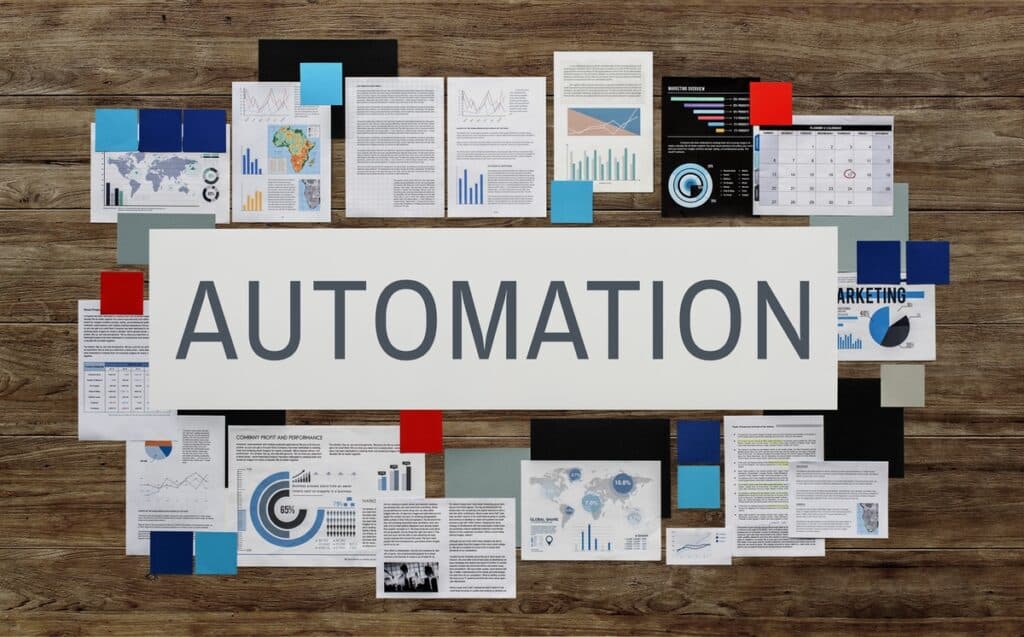It’s exciting to see many candidates who are interested in working for you.
But the only downside is going through the entire list and narrowing it down to those that are the best fit.
It’s even more daunting if your recruitment process relies on the traditional hiring approach.
The hiring managers and recruiters that are the most efficient will have a competitive advantage. These are the teams that can find the top candidates quickly without jeopardizing the quality of hire.
In this article, we’ll answer your questions about how to screen candidates faster as well as the problem of not integrating an innovative solution into your workflow.
The problem with traditional recruitment
There are many lesser important tasks that are time-consuming yet are still essential to complete.
For example, following up with your list of candidates or reviewing each resume and job application you receive.
A lot of these admin areas of work can be automated to save hours of your time.
However, the bigger problem with traditional recruitment is that you’re vulnerable to making biased decisions unconsciously. This is one area where AI excels as it has the capability to read each application objectively and filter applicants based on whether or not they match the job description.
Whereas, if you were to do it by yourself manually, you’re more likely to be biased towards the last few applications that come through.
How to screen candidates faster today
Using innovative solutions enhances your business functions by increasing efficiency. Which is a core driving factor of success for all organizations no matter the industry you’re in.
That being said, there are 7 things you can do to screen candidates faster and improve your HR decision-making to meet the demand.
1. Set your priorities
Understand your needs in full transparency and the order of priority for each task you’ve got on the list.
You may have some job vacancies that need to be filled immediately. In this case, these should be prioritized in your list of objectives.
For the other vacancies that are listed which are important but not urgent, it’s effective to prepare for those needs before they arise. When the time comes, you’ll already know the main qualifiers for the job and the main criteria required to fill the gap.
2. Automate your time-consuming tasks

As we’ve mentioned, making use of automation can greatly speed up the recruitment and selection process.
Not only does the use of AI improve productivity. But, you’re able to focus on the other important areas more effectively without compromising the quality of work completed.
For instance, machine learning can seamlessly source candidates that are the best fit for open job vacancies. This removes subjectivity and unconscious bias in addition to the need to manually narrow down the list of candidates yourself.
In an applicant tracking system or recruiting software, set the keywords you expect from candidate applications along with any key competencies.
You can ensure all qualified applicants based on their skills reach the interview stage.
3. Use pre-recorded video interviews
This removes the need of having to commute, which saves both time and money for the candidate and interviewer.
Having this type of flexibility since the interview can be done remotely within a set time frame adds to the overall recruiting experience. That’s another reason why technical assessment platforms play an important role.
With video interviews in general, one competitive advantage it comes with is that it provides greater outreach. You have more choices to find the top talent since your options aren’t limited to just those who are around the area.
Therefore, it’s effective for work from home and remote job opportunities. To reinforce this, it’s also shown in a report from PwC that working remotely has been successful.
4. Understand what the job entails
It’s good to have a strong understanding of the following:
- Job duties and responsibilities
- Skills required
- Company benefits
- Unique value propositions
This saves the need of having to constantly do the research since you’re already aware of what the job entails. As a result, you’re able to sell the opportunity better and improve the candidate experience by keeping them engaged.
If your team is knowledgeable about who your ideal candidates are and why your organization would be appealing to them, it leads to smoother collaboration and efficiency.
However, there are other ways to maintain good candidate relationship management. For example, creating tailored content that they would find valuable.
5. Have a list of questions ready for the interview
Having a list of specialized questions prepared for different roles before an interview improves both the speed and accuracy of your recruiting. These are better than asking a dozen that don’t give much insight about the candidate’s level of ability.
Plus, they keep candidates engaged and tend to leave a better experience. This is especially helpful when experiencing fast growth and if you’re looking to hire at scale.
As candidates have spent their time preparing for the interview by doing background research on your organization, you should also do the same. That means reading through their resume and having custom questions designed for them that are ready.
6. Use trial projects

Trial projects enable you to test the candidate’s expertise and ability to perform in a work environment alongside their on-the-job skills.
It’s an opportunity for you to see what they’re like outside their resume and how they apply what they know. More importantly, you can verify their skills and company culture fit accurately by seeing how well they get along during the trial project period.
You also get to see how well they adapt to the workflow and if they’re a fast learner capable of working under pressure.
7. Replace resumes with candidate assessments
Candidate assessments reveal things about an applicant that a resume doesn’t.
For example:
- Attitude
- Cultural fit
- Mindset
- Personality
Unlike a written application, it gives more insight into the candidate’s skills as well as other competencies that aren’t shown in their resume.
Rather than hiring based on what you see on paper, it’s more accurate to hire by verifying what’s on their application. It’s easy to find this data by giving small assessments to evaluate what they’re like in a work environment and how they react in different situations.
Another reason why they’re recommended is that they allow employers to remove unconscious bias when it comes to hiring.
The final verdict
Technology offers several benefits to staffing agencies and organizations worldwide.
Collecting data is seamless and pinpointing your ideal candidates is more straightforward when you have resources to rely on. To put it simply, the right pre-employment tools enable you to speed up the entire process and make a faster-informed decision.
Without integrating an innovative solution, the recruitment process might seem disheartening.
Fortunately, there are multiple solutions out there in today’s market that can fit into different types of businesses.







